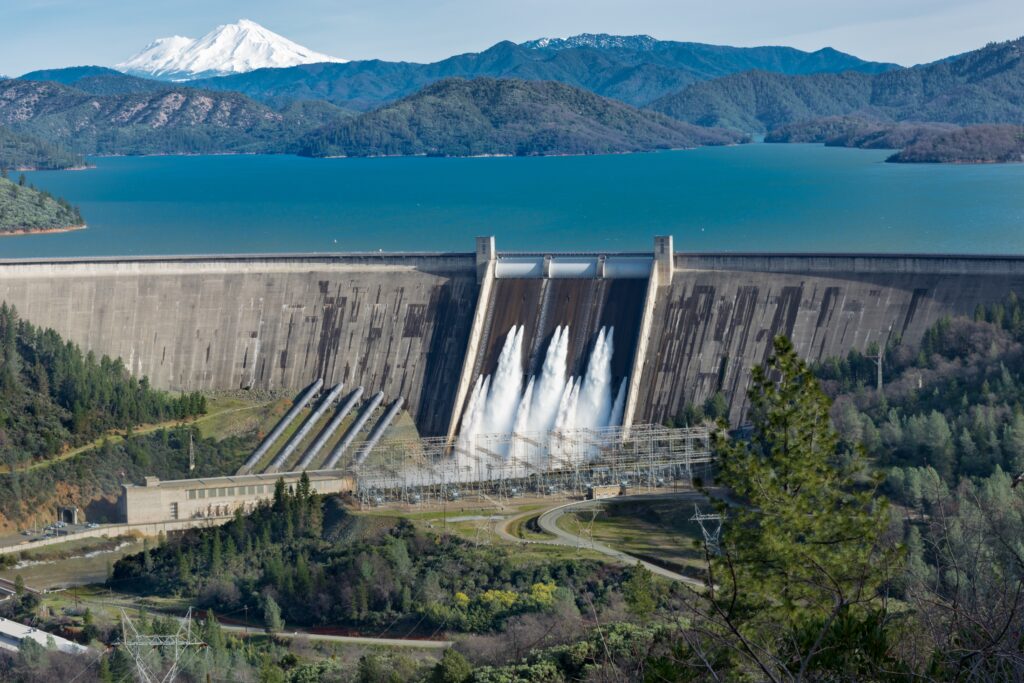China has approved the construction of the world’s largest dam on the Brahmaputra River, sparking significant geopolitical and environmental concerns for India and the entire region. This massive hydropower project, located in Tibet, represents more than just an infrastructure development—it’s a potential strategic weapon that could dramatically impact India’s northeastern states.
The Dam’s Unprecedented Scale
The proposed dam will be an engineering marvel with staggering specifications:
- Estimated cost: $137 billion
- Potential electricity generation: 300 billion kilowatt-hours annually
- Location: A massive gorge in the Himalayan region where the Brahmaputra makes a sharp U-turn
Strategic Implications for India
Water Control Risks
China could potentially weaponize the dam through:
- Controlling water flow into India
- Triggering artificial floods during potential conflicts
- Disrupting water supply to northeastern Indian states
Environmental Concerns
The dam poses multiple ecological threats:
- Potential loss of river silt crucial for agricultural fertility
- Disruption of natural flood cycles
- Risk of water pollution
- Potential impact on downstream biodiversity
Geological Vulnerabilities
The dam’s location in a highly volatile tectonic zone raises additional concerns:
- Proximity to geological fault lines
- High earthquake risk
- Potential structural instability
India’s Potential Countermeasures
India is not remaining passive and has initiated several strategic responses:
- Planning a multipurpose 10,000 MW hydropower project in Arunachal Pradesh
- Exploring diplomatic negotiations
- Seeking collaboration with Bangladesh
- Developing decentralized water management strategies
International Legal Dimensions
The project highlights significant challenges in international water management:
- Absence of a water-sharing agreement between India and China
- China’s refusal to sign international water management protocols
- Lack of transparency in dam-building activities
Broader Geopolitical Context
This dam represents more than an infrastructure project—it’s a geopolitical statement:
- Demonstrates China’s technological capabilities
- Provides potential leverage in India-China border tensions
- Signals China’s ambitions in water resource management
Potential Consequences
For India
- Increased vulnerability to water resource manipulation
- Potential agricultural productivity reduction
- Enhanced strategic pressure from China
For Regional Stability
- Heightened diplomatic tensions
- Increased environmental uncertainty
- Potential trigger for future conflicts
Expert Perspectives
Environmentalists and geopolitical experts warn that the dam could:
- Fundamentally alter river ecosystems
- Create unprecedented water management challenges
- Potentially destabilize regional geopolitical balance
China’s Brahmaputra dam project is not merely an infrastructure development but a complex geopolitical instrument with far-reaching implications. While promising massive energy generation, it simultaneously presents significant strategic challenges for India and the entire region. The next decade will be crucial in determining how this massive project will reshape water resources, environmental dynamics, and regional power relationships between India and China.



